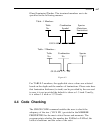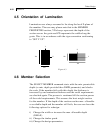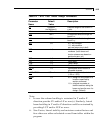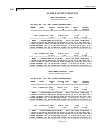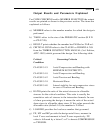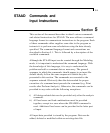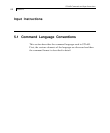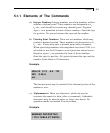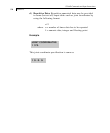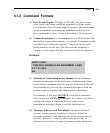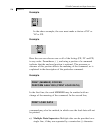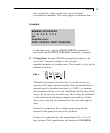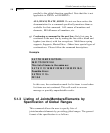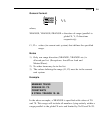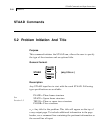
Section 5
5-3
5.1.1 Elements of The Commands
a) Integer Numbers: Integer numbers are whole numbers written
without a decimal point. These numbers are designated as i
1
,
i
2
, etc., and should not contain any decimal point. Negative
signs (-) are permitted in front of these numbers. Omit the sign
for positive. No spaces between the sign and the number.
b) Floating Point Numbers: These are real numbers which may
contain a decimal portion. These numbers are designated as f
1
,
f
2
... etc.. Values may have a decimal point and/or exponent.
When specifying numbers with magnitude less than 1/100, it is
advisable to use the E format to avoid precision related errors.
Negative signs (-) are permitted in front of these numbers.
Omit the sign for positive. No spaces between the sign and the
number. Limit these to 24 characters.
Example
5055.32 0.73 -8.9 732
5E3 -3.4E-6
etc.
The decimal point may be omitted if the decimal portion of the
number is zero.
c) Alphanumeric: These are characters, which are used to
construct the names for data, titles or commands. Alphabetic
characters may be input in upper or lower case letters. No
quotation marks are needed to enclose them.
Example
MEMBER PROPERTIES
1 TO 8 TABLE ST W8X35



